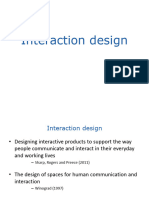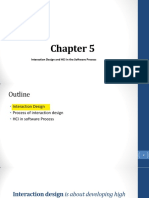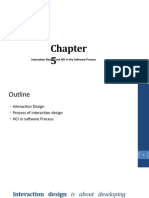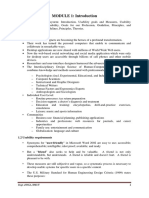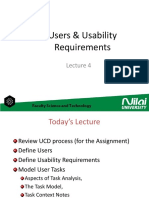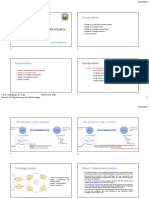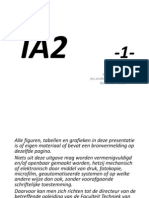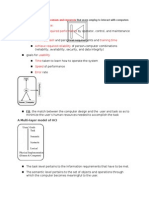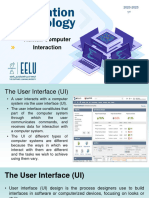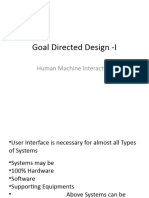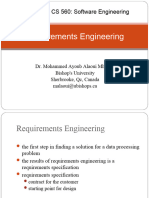0% found this document useful (0 votes)
22 views24 pagesTask-Centered Design & Requirements
The document provides announcements and reminders for an upcoming workshop, including status updates and preparations needed for an upcoming midterm exam. It then discusses the elements of task-centered design, including the steps, characteristics of good task examples, and pros and cons of the approach. Finally, it outlines the learning goals around defining different types of requirements and establishing appropriate requirements for given task examples.
Uploaded by
ossayedkhCopyright
© © All Rights Reserved
We take content rights seriously. If you suspect this is your content, claim it here.
Available Formats
Download as PDF, TXT or read online on Scribd
0% found this document useful (0 votes)
22 views24 pagesTask-Centered Design & Requirements
The document provides announcements and reminders for an upcoming workshop, including status updates and preparations needed for an upcoming midterm exam. It then discusses the elements of task-centered design, including the steps, characteristics of good task examples, and pros and cons of the approach. Finally, it outlines the learning goals around defining different types of requirements and establishing appropriate requirements for given task examples.
Uploaded by
ossayedkhCopyright
© © All Rights Reserved
We take content rights seriously. If you suspect this is your content, claim it here.
Available Formats
Download as PDF, TXT or read online on Scribd
/ 24







